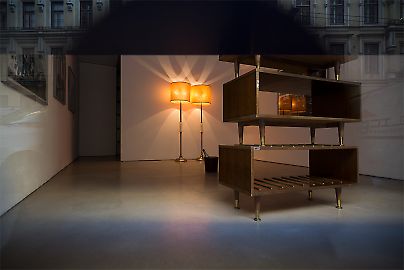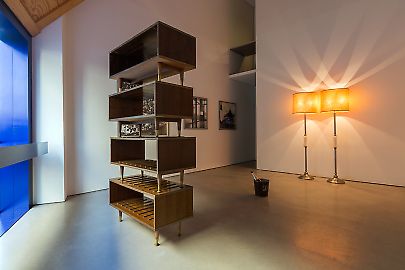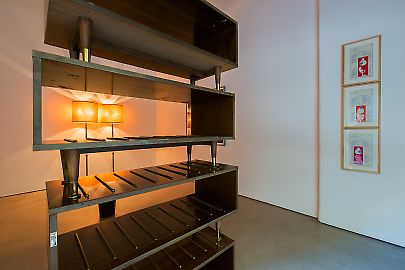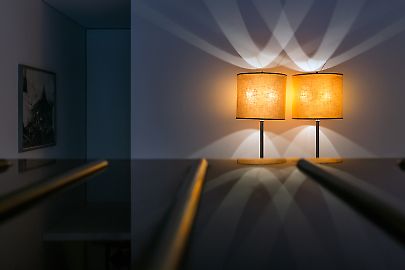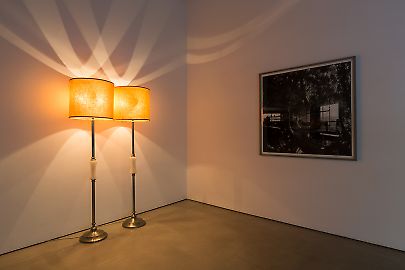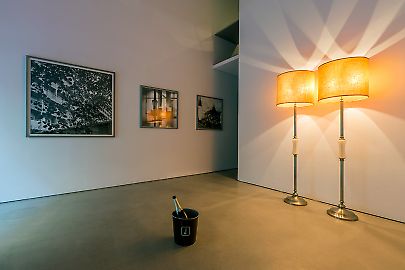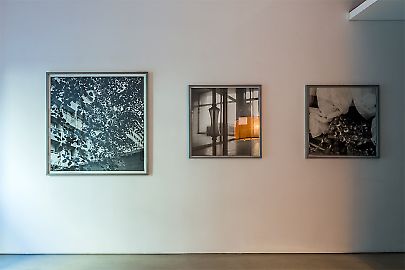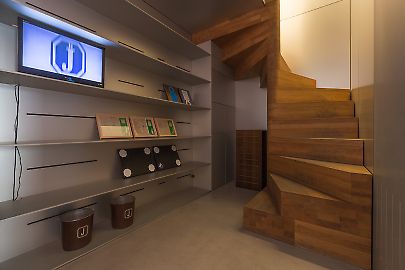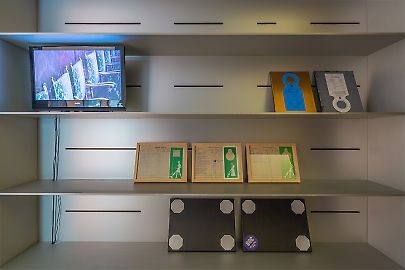Mladen Bizumic -- Hotel Jugoslavija: A Repository with a View
Hotel Jugoslavija: A Repository with a View is a second-part of Mladen Bizumić's project Hotel Jugoslavija that was inaugurated at the Museum of Contemporary Art Belgrade earlier this year. The “Hotel Jugoslavija” was the largest hotel in the Socialist Federative Republic Yugoslavia with over 350 rooms and suits, restaurants with over 800 places, and other “contents” on seven floors of the main architectural complex and its accompanying buildings. It was designed by the Zagreb architects Mladen Kauzlarić, Lavoslov Horvat and Kazimir Ostrogović, as one of the three main public buildings of the new capital, as early as 1947. The construction has begun in the early Sixties, according to the modified version by Lavoslav Horvat, and the hotel finally opened in 1969. The building’s architecture represents an extraordinary example of uncompromising application of a modernist architectural program. Today it also represents the internationally recognizable statement of ideological and aesthetic ambitions behind the construction of an entire project of the Socialist Yugoslavia. However, this colossal facility suffered the fate of the country after which it had been named: following the credited expansion in the Seventies, it becomes unprofitable in the Eighties, while during the Nineties it loses its hotel guests as well as two of its five stars, and, it becomes transformed, above all, into a venue for local ceremonies and festivities. During the NATO bombardment in 1999, it was hit and partially damaged and after the year 2000, closed and then privatized, while today it still awaits its reconstruction under the name “Kempinski-Yugoslavia”…
In his show Hotel Jugoslavija: A Repository with a View Bizumić shows photographs and video recordings, as a result of investigation and observation of the current state of the building, next to sculptural material “borrowed” from the hotel itself. The specific situation created at Georg Kargl BOX is first noticeable from the outside as an interaction between the transparency of the display window and its reflection. Entering the space you find an installation that is divided into two interlinked spatial situations - a “modified” hotel room and a “reversed” hotel reception. In the main space - which is noticeable from the outside - Bizumić is presenting double exposed analog black and white photographs, which correlate with the sculptural arrangements of dislocated hotel elements. Wooden cabinets, liberated from their original function as furniture in the hotel rooms where stacked atop one another, floor lamps lined in a row correspond to the proportions and relations of the human body. Behind the wall Bizumić created something like a hotel reception - the “informative” part of the exhibition - which acquires the aesthetics of a conceptualist layout made up of processed administrative documents: an inventory of the hotel furnishings, hotel regulations, different (and historically symptomatic) versions of “do not disturb” signs etc. The exhibited objects and documents represent both: parts of an archive in the process of coming into being and the subjectivity of the “comprehensibility” of these objects through their mutual collaging and re-aesthetisation. The video Bizumić realised in cooperation with the New Zealand artist Jim Speers was shot in the original location and shows a number of items used in the gallery presentation – it therefore links the investigative dimension of the work with its spatial configuration and creates a specific audio-visual space, that is a space in-between the potential from the past, the complexity of the present and the possibility of the future. Bizumić's basic methods in this project are “dislocation” and spatial “re-arrangement” or “reprocessing” of selected material remains found inside the hotel. Following the legendary Slovenian designer Niko Kralj the central issue is to “realize a modular measurement system of elements which make it possible to put together infinitely varied shapes”. The idea of “uniqueness through seriality” is poetically rearticulated and revived through its new reconfiguration, as well as through the dynamics of their relations with the viewers, both perceptive and physical ones. It is such a programmatic modularity that Bizumić sees the essence of the potential and a possible re-articulation of the modern project. Thus he forms an area of transformation wherein his personal fascination with the object of his research encounters social, political as well as art historical issues to which we still do not have answers.


